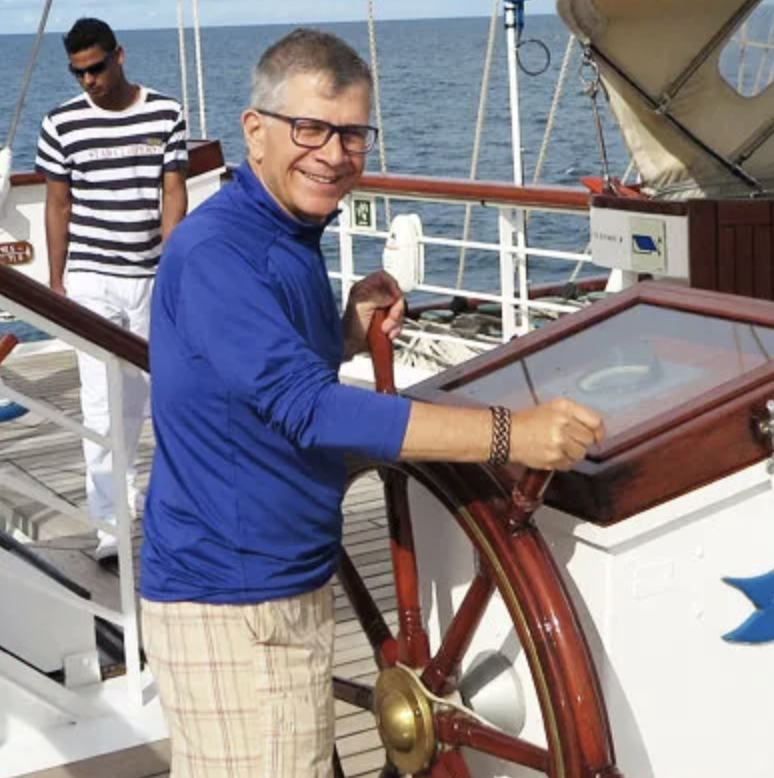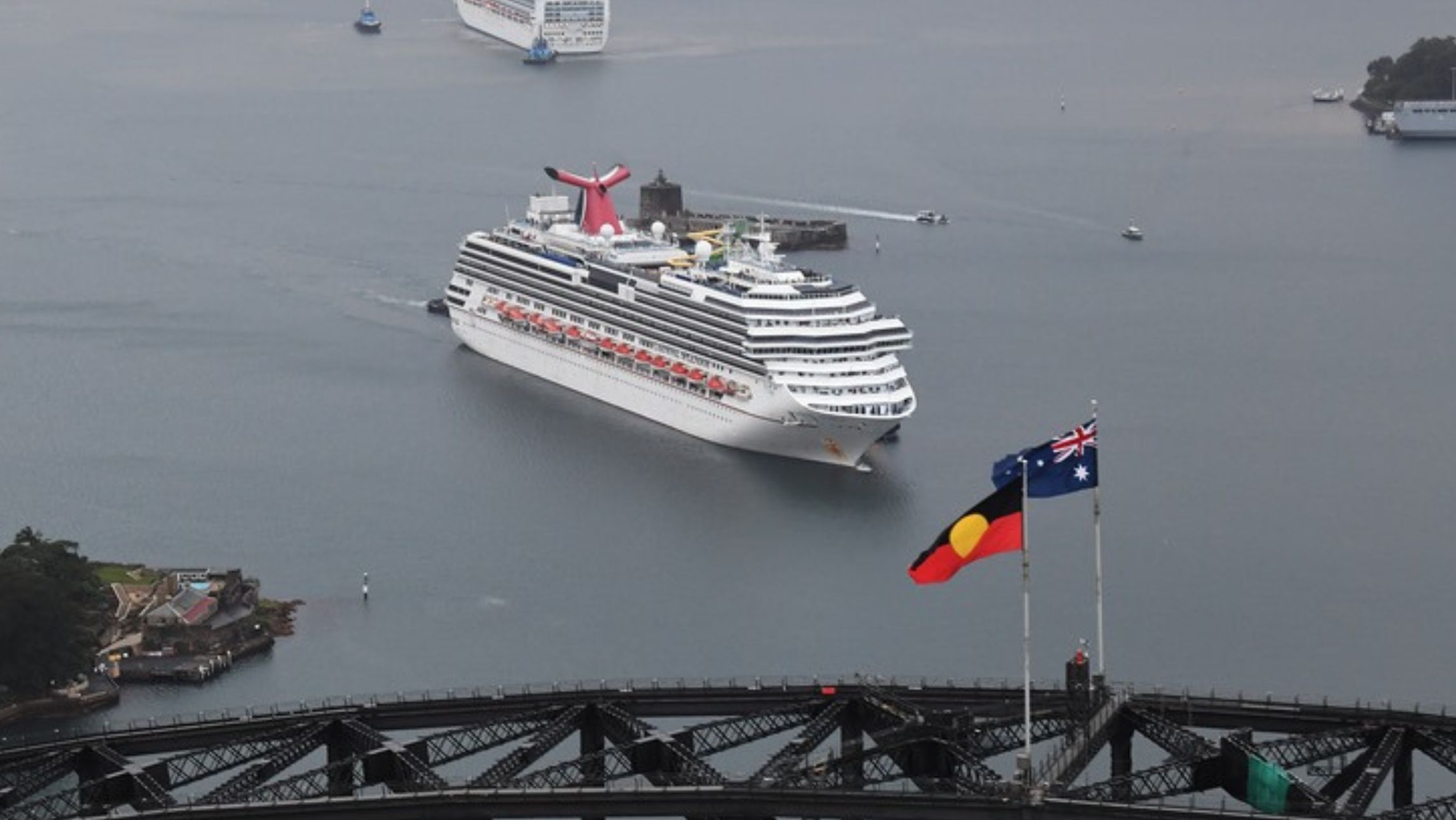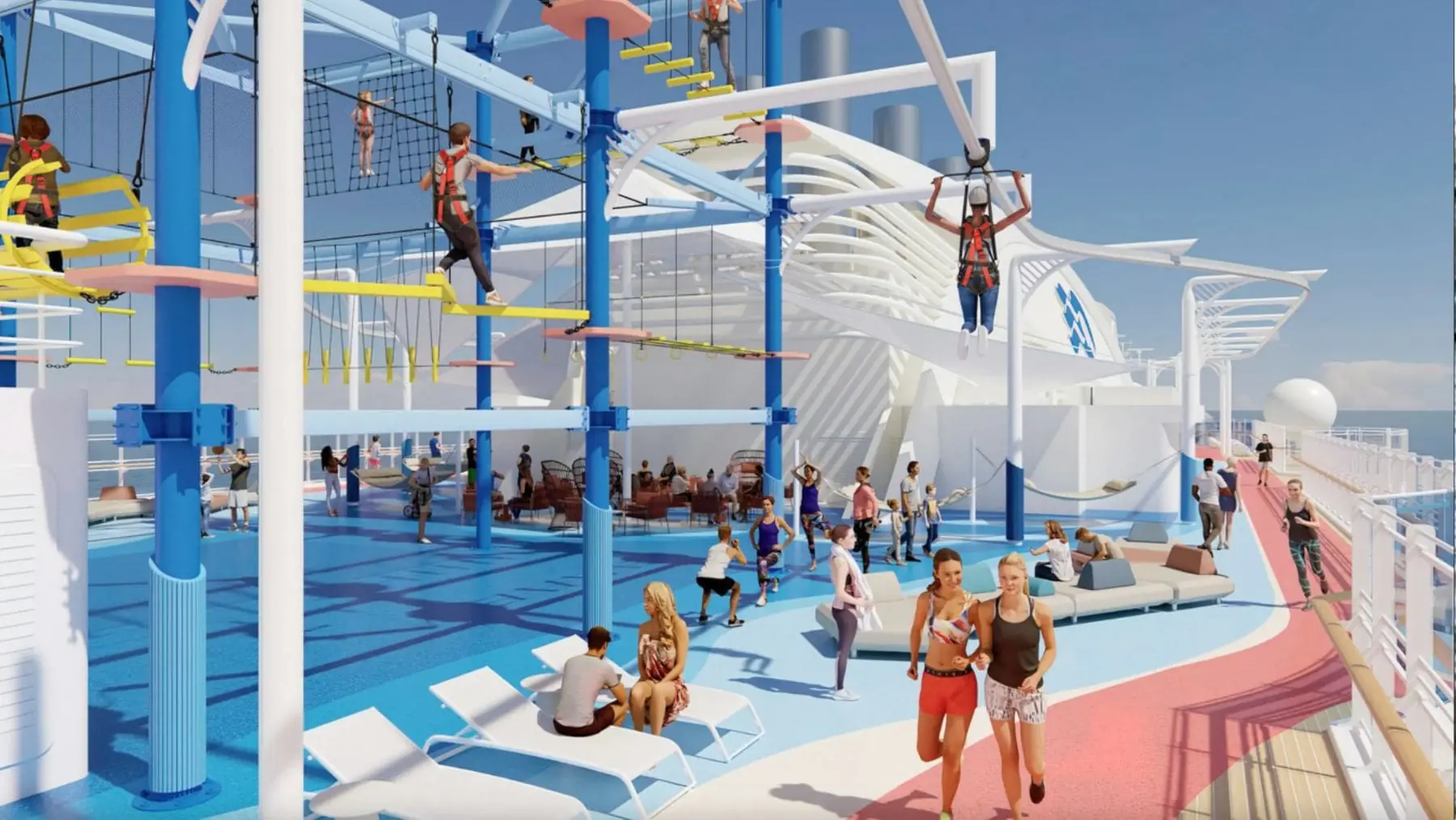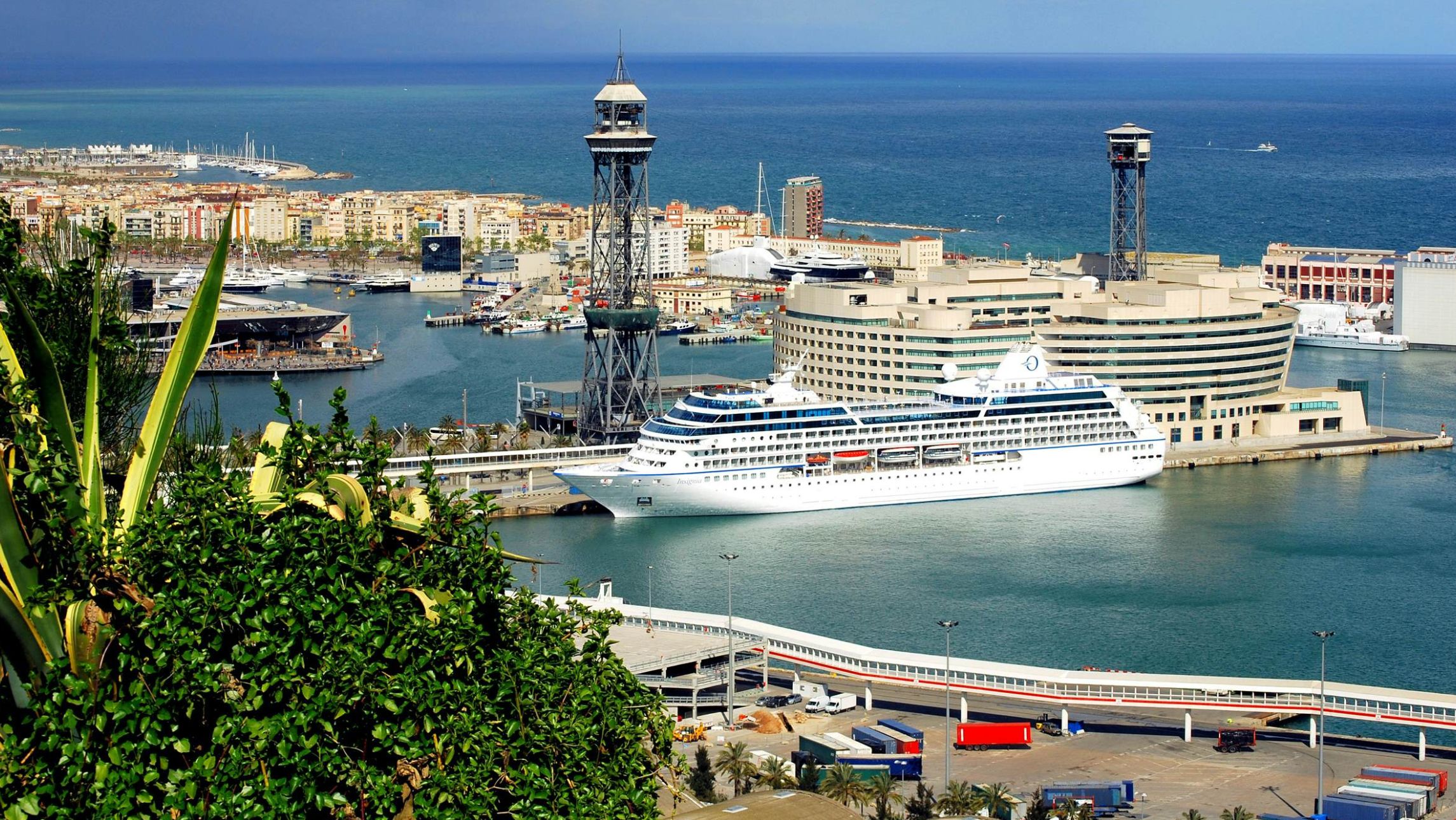America’s powerful Centres for Disease Control and Prevention has set a new date for the potential return of cruise ships.
The no sail order, which was due to expire next week, has been extended until September 30 in the US.
Most cruise lines, including those who sail in Australian waters, have already agreed to halt sailings until September 15.
Without CDC approval, ships can’t sail or dock in the United States. In Australia, the Federal and state governments have also said until they see and approve of new health protocols, they won’t sanction cruising.
The CDC issued a critique of the extraordinary workload resulting from the halting of cruising after the Diamond Princess incident, which resulted in 712 cases and nine deaths.
“On March 17, 2020, CDC issued a Level 3 Travel Health Notice warning all travellers to defer cruise travel worldwide based on COVID-19 outbreaks on cruise ships required 27 notifications by CDC to international, state, and local health departments for over 11,000 cruise ship passengers requiring contact tracing, which resulted in countless hours of work for numerous already-burdened public health officials.
“Medical evacuation efforts necessitated by these outbreaks required resource intensive operations that involved multiple small boats to ferry contagious crew to shore and high levels of coordination between Federal, State, and local public health, maritime, and other governmental authorities.
“Response efforts drew valuable resources away from the immense Federal, State, and local efforts to contain and mitigate the spread of COVID- 19. State and local public health officials further stated that they faced an increasing burden supporting cruise ships attempting to make port with ill passengers or crew and struggled to repatriate passengers and crew while also protecting the limited medical assets available to their communities.
“The intensive care requirements for infected passengers and crew in need of life- saving critical care also greatly stressed an already overtaxed healthcare system that at the time was facing shortages of masks, test kits, beds, and ventilators needed to respond to COVID-19.”
As we reported last week, a flurry of new health committees and potential protocols from the major lines have sprung up. But none, so far as we can tell, have gone to the CDC for consideration – even though the organisation revealed it had spent an estimated 38,000 person-hours on its response to cruise and COVID-19.
According to the CDC, there have been a total of 2,973 cases of coronavirus or similar sickness, and 34 deaths involving cruise ships. There is, the organisation pointed out, much work to be done.
While only an optimist believes it can be carried out by October 1 – six weeks away – the industry has not been inactive, and some lines are showing great initiative.
Today we carry a report from on board the Ponant’s Le Jacques Cartier. It’s a case study in what the new cruise era might look like.
The luxury adventure vessel has 92 staterooms and suites, and is sailing French itineraries only. There are stringent health protocols, a well equipped hospital and the philosophy that passengers are in a health bubble – namely, the ship.
Could it happen here? Yes it can. Coral Expeditions, a local adventure line based in Cairns, is scheduled to start sailing next month on its Australian-flagged and crewed ships. And bookings are going well.
Could the larger lines copy this model? Especially lines like P&O Australia, part or the enormous Carnival group, which insists it is Australian at heart?
Apparently not.
Last week we heard from the global Carnival Corporation. Arnold Donald, CEO, spelled out his plans for a slimmed down line with less capacity and fewer passengers.
He maintained that those lines like Princess, which is the subject of a NSW commission of inquiry over how it behaved during the run up to the COVID-19 crisis aboard the Ruby Princess, are not suffering a slow down in bookings.
He maintained: “Bookings are encouraging, and with the staggered start we’re going to have in the resumption of cruising, there should be plenty of pent-up, latent demand with previous cruise-goers to fill the ships.”
P&O Australia is more than 99% sourced from Australia and New Zealand, and Mr Donald is not worried about attracting new cruisers, because the company has a global data base of 40 million to draw on.
A few days after his address, we learned that Holland American was selling off four of its ships – including the Maasdam, which frequently sailed our waters.
So where does that leave local cruisers? Well, we’d love to tell you.
This week, the very well connected by not official Royal Caribbean Cruise Blog carried this article by its editor:
“The one question readers are asking is if their upcoming cruise in 2020 or 2021 will sail, and the simple answer is no one knows.”
There is a long road ahead before there are agreed health protocols that can be taken to the state and territory governments for sign off. And that work has only just begun.
Many lines have itineraries on sale for October – just three months away.
And most accept there will be changes – including fewer passengers. Even Royal Caribbean’s chairman Richard Fain conceded this week: “It is likely that when protocols are implemented, at least at the beginning, the capacity of the ships will will be reduced.
“It’s likely we’ll start out at lower capacity in Europe, the capacity levels for the starting up or at 60 to 70 percent potential load factors. And obviously that’s quite a bit less than we’re used to.”
When will that will be? No-one knows.










Let’s hope that our future Cruise Credits will eventually be honoured by PRINCESS!
Will those passengers whose cruises were cancelled and were given future cruise credit, get preferential access to a sailing when it is approved?
We are booked to do a xmas cruise around Asia. It is frustrating not knowing .
It is helpful to hear of the progress the shipping lines are making as we move forward.
A good health whilst cruising is a must as it is not nice to come home with a bug caught on ship as often happens.
So to simply sum it up , no cruising for the near future & nobody really knows how long we as passengers have to wait. One thing we do know is that cruise lines continue to advertise & sell cruises that likely will not happen. Somehow that just doesn’t sound right !
So When the headline Says “new date set” actually that’s totally incorrect.
Anyone who thinks they are going on a cruise in 2020 is kidding themselves…